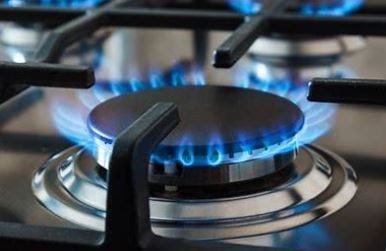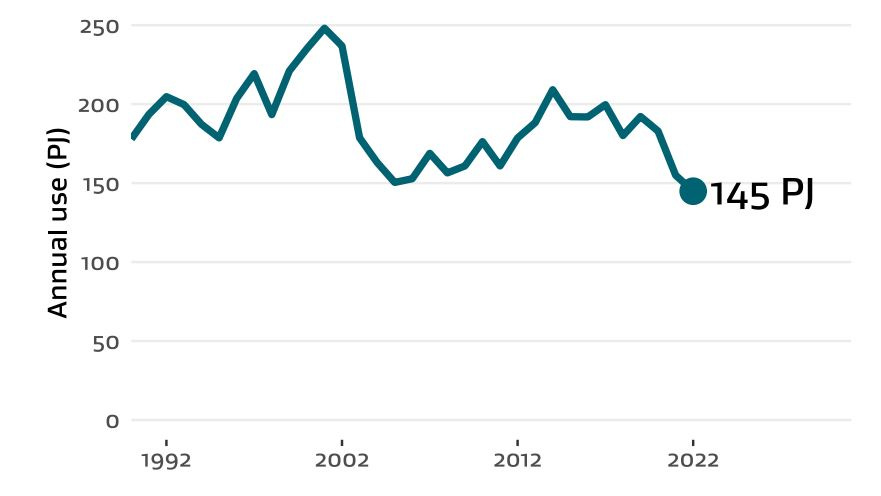Cooking with the gas! or maybe not?
Gas plays a major role in keeping our economy cooking. Let's take a look at the gas situation.
New Zealand’s introduction to gas as an energy source came with the 1959 discovery of the Kapuni gas field in Taranaki followed by the introduction of a gas distribution network in 1970.
The introduction of a domestic gas supply in New Zealand was the fertile ground upon which industry grew. Following on from Kapuni was the Maui offshore gas field ten years later. These two fields still operate today, and together with many other fields discovered in the subsequent decades, they continue to provide a major contribution to New Zealand’s dairy, fertilizer, methanol, forestry, steel, food manufacturing and electrical generation industries. The gas network also supplies homes throughout the North Island with domestic gas for the lovers of endless hot showers and grillers of great steaks. The hardy Southerners also benefit from LPG, transported via rail and ships, for their domestic gas bottles and various other industrial applications.
To a large extent these major gas discoveries had all but displaced coal as an electrical generation primary energy source in the North Island with Huntly power station being plumbed directly into the gas distribution network and firing exclusively on gas by 2004.
Traditionally New Zealand has consumed approx. 200PJ (petajoules) of gas each year on average, which represents about a 20% of New Zealand total energy consumption from all sources.
Incidentally 1PJ in equivalent electrical energy would be enough to power around 19,000 homes for one year.
In recent years our use of gas has dropped to 145PJ in 2022 in part due to a wet summer and winter raising hydro lake levels but also due to a reduction in domestic economic activity with the mothballing of the Waitara valley methanol plant and shutting down of the Marsden point refinery.
But how much gas do we have left?
This is where we quickly get to the crux of the issue. The short answer not a lot, not that we can quickly and easily access that is.
Before we get into the nitty gritty details, we first need to understand a bit of oil and gas accounting terminology.
The amount of gas remaining in a particular field is known as “reserves” and are rereferred to as “proven, probable, possible” or in short “P”.
1P reserves = proven reserves (both proved developed reserves + proved undeveloped reserves).
2P reserves = 1P (proven reserves) + probable reserves, hence "proved AND probable."
3P reserves = the sum of 2P (proven reserves + probable reserves) + possible reserves, all 3Ps "proven AND probable AND possible."
So now that we have established the nomenclature, how much gas reserves do we actually have available as of the 1st of January 2023?
For the answer to this question, we can refer to the MBIE website that provides this handy and informative spreadsheet.
New Zealand has 1030PJ of 1P proven reserves….
Depending on the weather (South Island hydro lake levels) this could be between 6 - 7 years of gas left.
This analysis is however overly simplistic and there are a number of other considerations that we will look into in in future posts, but the key take away is that we don’t have a lot of gas left, or time. My optimistic view is that the figure is somewhere between 1P and 2P reserves. My pessimistic view is that depleted gas wells are hard to predict, and the economic cut off for production is unlikely to see all the reserves recovered, as such it could be less than the 1P figure.
This is a concerning situation with so many of our primary industries entirely dependent on this energy source. Will the gas run out or can we move closer to the 3P reserves figure? What could we replace gas with? Can we build replacement infrastructure in the time we have before the gas runs out?
These are the questions that have been keeping me occupied lately and we will explore each of these in more detail in coming posts. We will also take a deep dive into the Governments “Energy Transition.” discussion paper released recently.
Welcome to the newsletter and thanks for reading. Your thoughts and comments are welcomed and appreciated as we dig into New Zealand’s energy security to develop a better understanding together.






